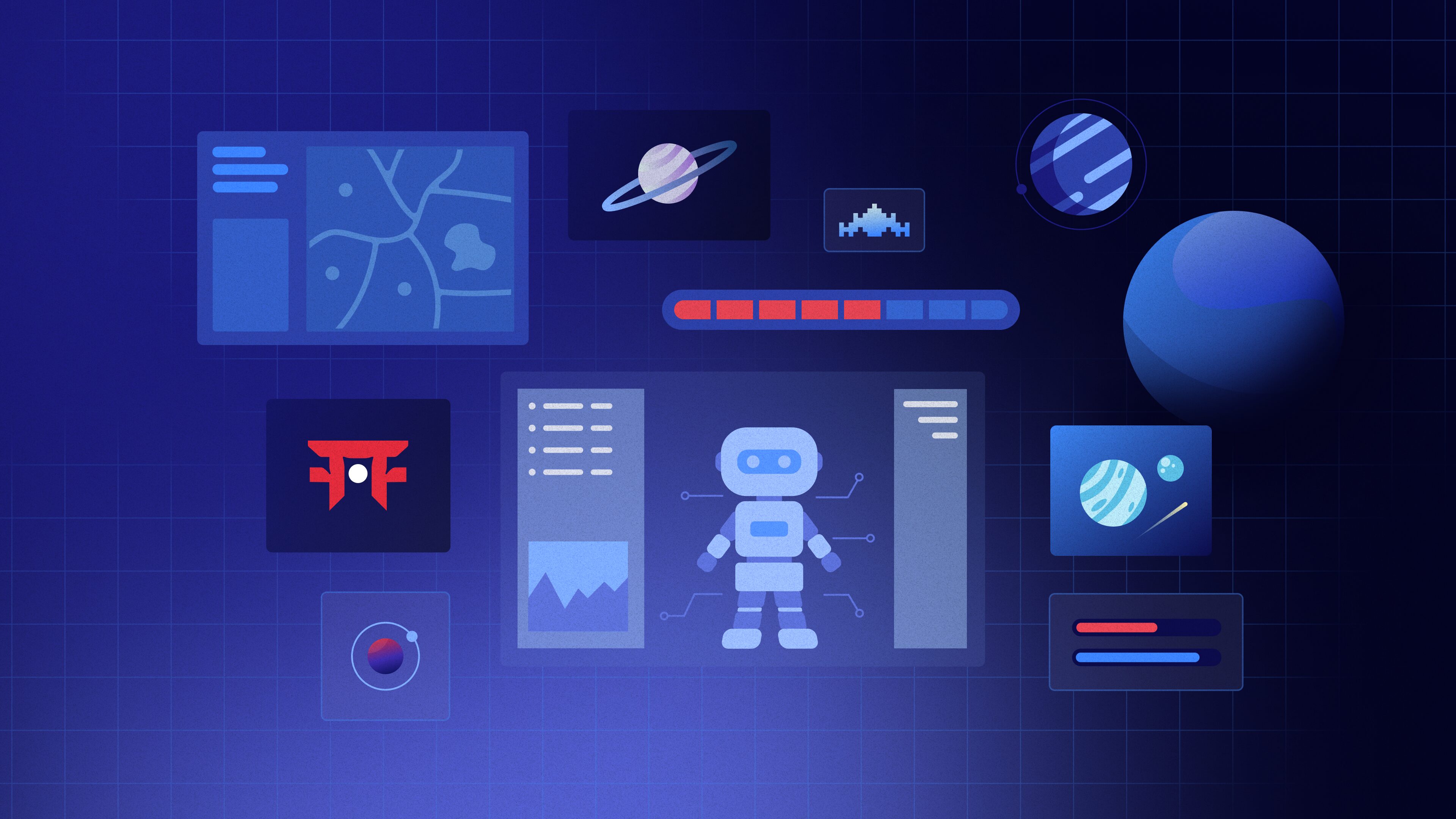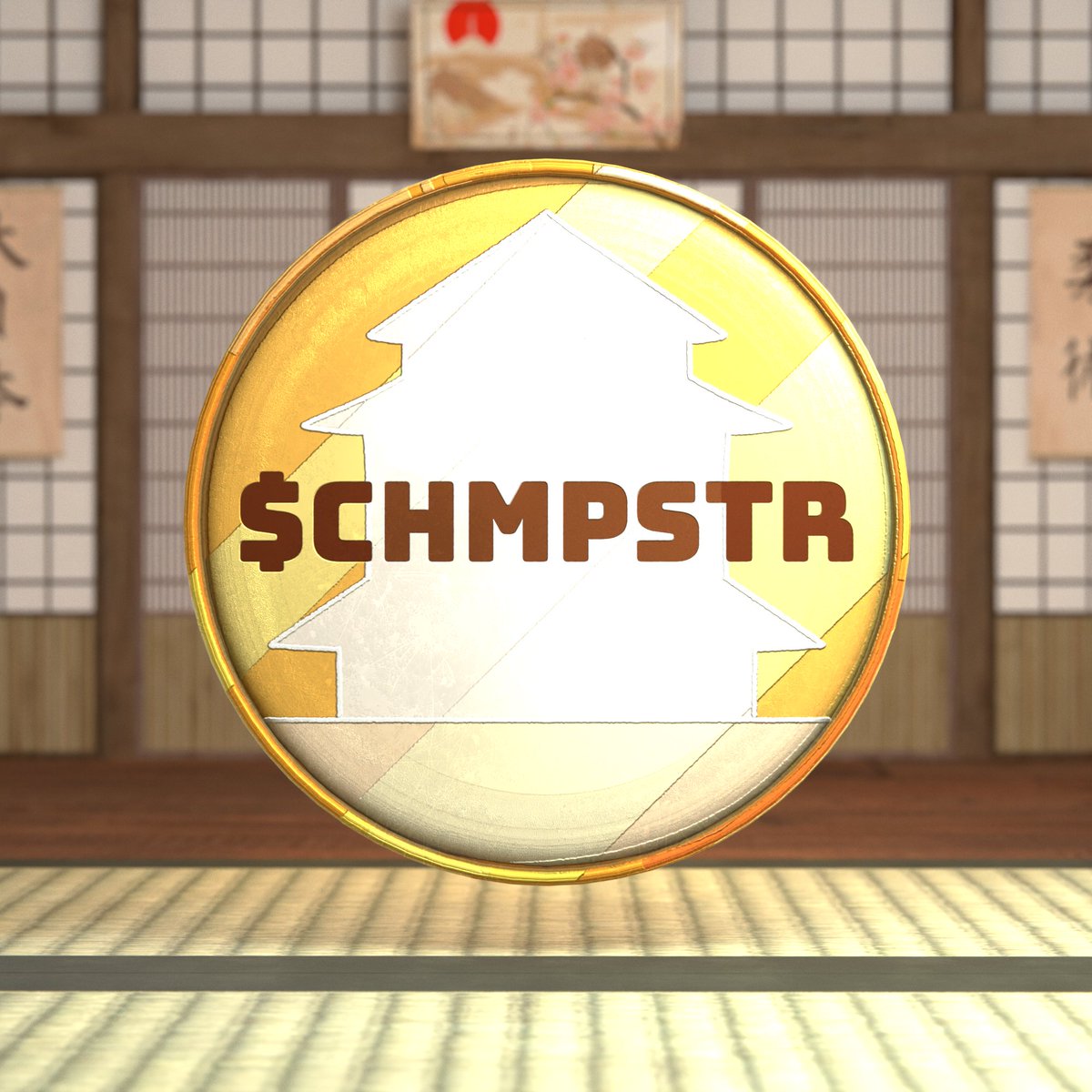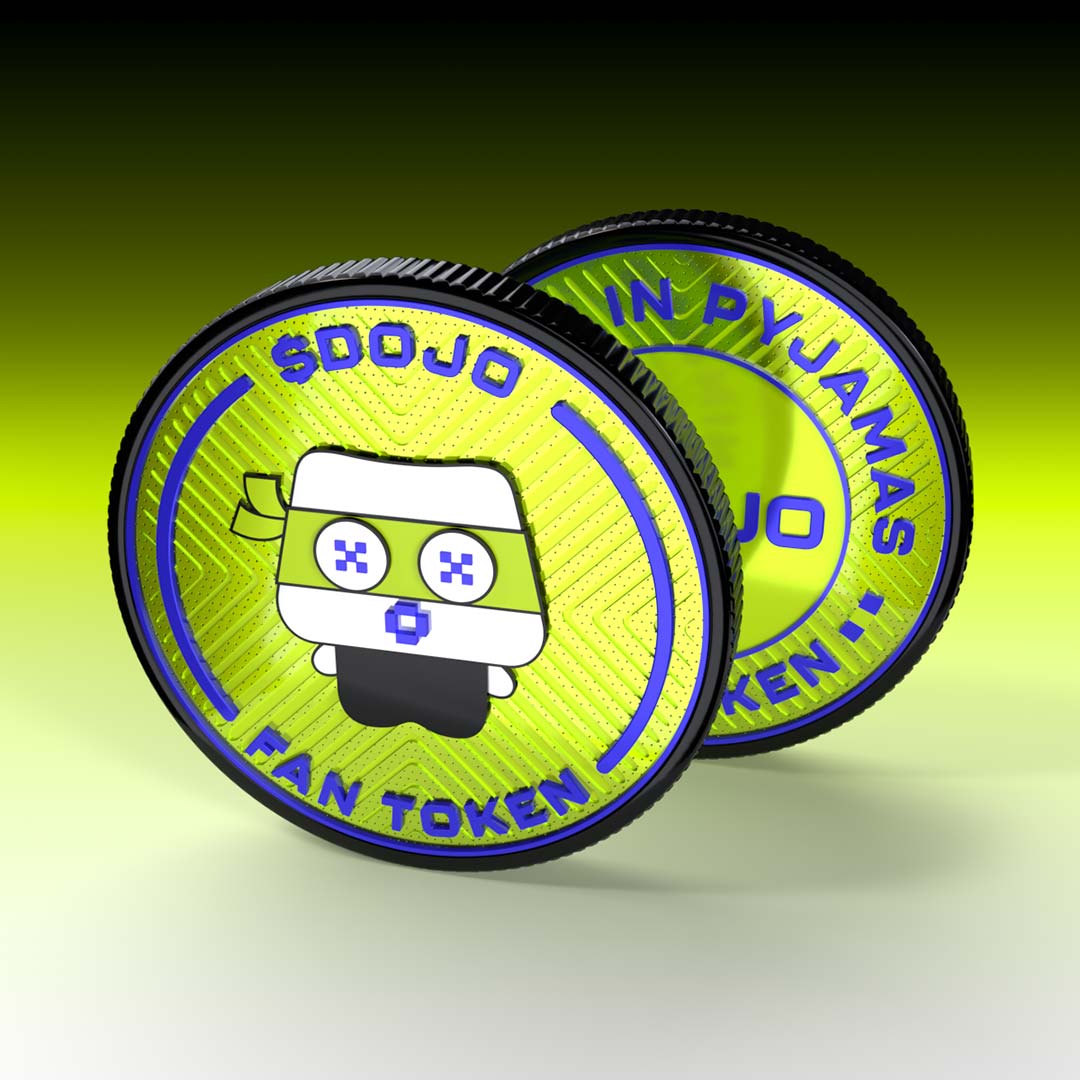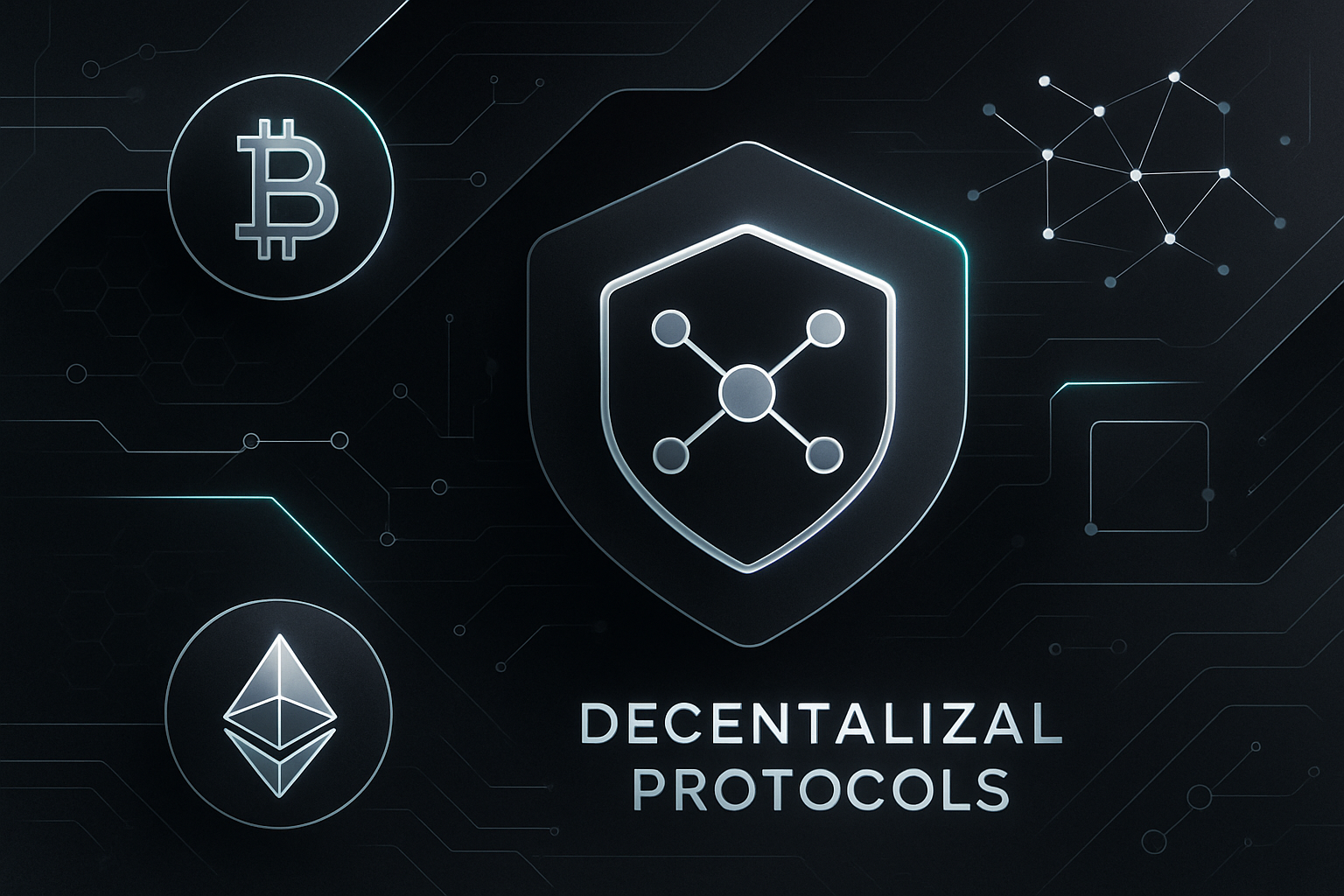How The Dojo Reserve Powers Sustainable On-Chain Game Economies in 2025

In the volatile landscape of blockchain gaming, 2025 has seen a dramatic divergence: while dozens of Web3 games shuttered and funding slowed, a handful of projects are quietly rewriting the rules for economic resilience. At the heart of this shift is The Dojo Reserve, a decentralized treasury model introduced by Chimpers Dojo that is rapidly becoming a blueprint for sustainable, fully on-chain game economies.

The On-Chain Gaming Economy: A Crossroads in 2025
The second quarter of 2025 painted a sobering picture for blockchain gaming. According to DappRadar, user activity declined and many projects failed to achieve product-market fit. Yet, amidst this market contraction, on-chain games built with frameworks like MUD and Dojo have demonstrated surprising durability. Their secret? Transparent mechanics, verifiable ownership, and most importantly, robust economic infrastructure anchored by mechanisms like The Dojo Reserve.
Unlike conventional game treasuries controlled by centralized teams or opaque DAOs, The Dojo Reserve operates as an autonomous economic engine. It is designed to fund ongoing development, reward communities, and absorb shocks from market volatility – all on-chain and visible to every participant. This approach not only builds trust but also aligns incentives between developers and players in ways that Web2 studios struggle to match.
What Is The Dojo Reserve?
The Dojo Reserve is more than just a pool of tokens; it’s an evolving treasury system that supports every layer of the on-chain game stack. Debuted during the $CHMPSTR Token Generation Event (TGE), it immediately caught the attention of both developers and macro analysts for its multi-pronged approach:
- Continuous Funding: Allocates resources dynamically to promising games and new features within the ecosystem.
- Community Rewards: Powers buy-and-burn mechanisms, staking incentives, and event-based distributions to keep players engaged over time.
- Sustainability Focus: Designed to buffer against speculative booms-and-busts by prioritizing long-term growth over short-term hype cycles.
This model stands in stark contrast to many failed Web3 experiments where unsustainable tokenomics led to rapid inflows followed by catastrophic outflows as player interest waned. By embedding transparent allocation rules directly into smart contracts on Starknet (and potentially other L3s as future enhancements roll out), The Dojo Reserve creates an environment where both value creation and value retention are verifiable in real time.
Decentralized Funding: Aligning Incentives for Developers and Players
The traditional gaming world often pits studios against their own users – think microtransactions designed solely for revenue extraction or live ops events that burn out communities without meaningful rewards. In contrast, systems like The Dojo Reserve flip this script entirely. Here’s how:
- Developers receive ongoing funding based on measurable impact, not hype-driven speculation or VC whims.
- Players earn real stakes in game success, whether through staking rewards or participation in governance decisions about treasury allocations.
- Ecosystem-wide upgrades are incentivized, driving collaborative innovation across multiple games rather than siloed competition.
This alignment is already attracting attention beyond core blockchain circles. With projects like Chiliz launching $DOJO fan tokens in partnership with major esports brands such as Ninjas in Pyjamas (NIP), we’re witnessing the early stages of what some analysts call “DeCultureFi” – a fusion of decentralized finance principles with cultural fandoms powered directly on-chain.
But the real test for The Dojo Reserve is not just its theoretical design, but its ability to withstand the harsh realities of 2025’s market. While many Web3 projects have faltered due to a lack of sticky user engagement and treasury mismanagement, Chimpers’ Reserve has demonstrated a rare capacity for resilience. By automatically reallocating resources based on transparent, on-chain metrics, such as active player counts, smart contract interactions, and community governance participation, the Reserve minimizes waste and maximizes ecosystem health. This is a far cry from the opaque allocation models that dominated previous cycles.
Buy-and-Burn Mechanisms and Community Rewards: A New Era for On-Chain Game Loyalty
The buy-and-burn mechanism, now core to The Dojo Reserve’s strategy, is more than a deflationary gimmick, it is a deliberate lever for sustained value accrual. When players transact in-game or stake assets, a portion of fees flow back into the Reserve, which periodically buys back and burns tokens. This reduces supply over time and rewards long-term holders while keeping speculation in check.
At the same time, community rewards are evolving past basic token drops. The Dojo Reserve funds special events, competitive tournaments, and even cross-game collaborations, each designed to deepen engagement and foster loyalty that persists beyond fleeting market cycles. By tying rewards directly to verifiable on-chain actions rather than arbitrary snapshots or centralized criteria, the system stays fair and adaptive as the ecosystem matures.
Standout Dojo Reserve-Powered Community Rewards & Buy-and-Burn Events
-

Chimpers Dojo: $CHMPSTR TGE Community RewardsThe launch of $CHMPSTR saw The Dojo Reserve distribute exclusive in-game assets and token rewards to early Chimpers community members, directly incentivizing engagement and loyalty.
-

Chiliz x Ninjas in Pyjamas: $DOJO Fan Token FTOThe $DOJO Fan Token Offering (FTO) in partnership with Ninjas in Pyjamas unlocked new engagement layers for esports fans, with The Dojo Reserve funding limited-edition collectibles and interactive experiences for token holders.
-

On-Chain Game Buy-and-Burn EventsSeveral games built on the Dojo Engine, such as those featured on Dojo Engine’s Autonomous Worlds, have executed buy-and-burn events powered by The Dojo Reserve, reducing token supply and boosting long-term economic sustainability.
-

Starknet Game Developer GrantsThe Dojo Reserve has allocated grants on Starknet to support on-chain game creators, rewarding innovative development and fostering a robust ecosystem for sustainable game economies.
Macro Perspective: Why The Dojo Reserve Matters Now
From a macro lens, the rise of fully on-chain game economies like those powered by The Dojo Reserve signals an inflection point for both gaming and decentralized finance. As traditional funding dries up and Web3 brand sustainability becomes paramount, models that can autonomously fund innovation while rewarding grassroots participation will outlast hype-driven experiments. This is particularly salient in 2025’s climate where only projects with genuine network effects, rooted in transparent economic design, are thriving.
The integration of DeCultureFi concepts further amplifies this trend: fan communities are no longer passive spectators but active stakeholders in their favorite games’ destinies. With major esports brands piloting $DOJO fan tokens on platforms like Chiliz and new research into L3 scalability promising lower costs for experimentation, we are witnessing an era where culture itself becomes programmable capital.
Looking Ahead: The Autonomous Future of On-Chain Economies
The next phase for The Dojo Reserve, and indeed all robust on-chain economies, will be defined by composability and interoperability. As client-side proving matures and cross-chain integrations become reality, expect reserves like Dojo’s to serve as liquidity engines not just for single games but entire networks of interoperable experiences.
This isn’t just technical optimism; it’s grounded in what we already see working at scale today. For developers considering their next move or investors seeking sustainable exposure to Web3 gaming’s future, tracking how reserves like Dojo adapt to new market realities will be essential. The forest is shifting, and those who understand these macro forces will be best positioned to thrive as autonomous worlds become mainstream entertainment infrastructure.




